Tel: +86-411-39569550 | E-mail: info@geofantex.com/geofantex@gmail.com
Tel: +86-411-39569550 | E-mail: info@geofantex.com/geofantex@gmail.com
The surface should be smooth and clear of stumps, sharp objects, and debris that could harm the geogrid. Tree stumps need to be cut at ground level. Avoid disturbing any hard crust on the surface that covers weaker soils. In such cases, the geogrid should be installed directly on the unprepared subgrade.
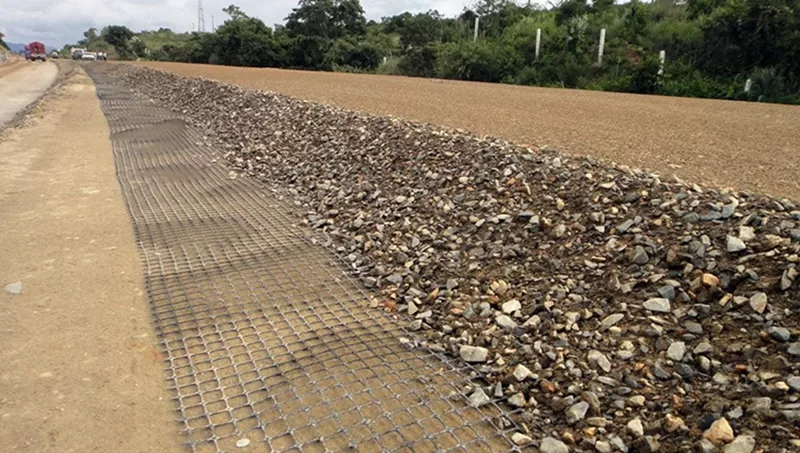
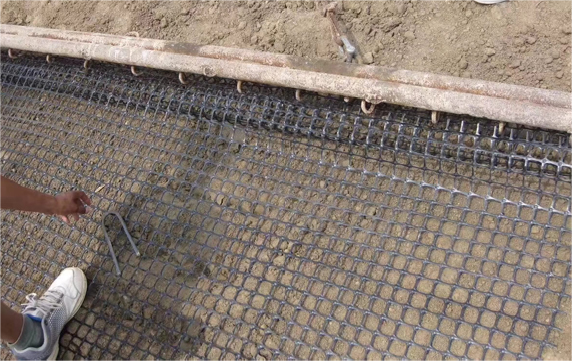
Geogrid should be installed in situations where you need to improve the stability, strength, and load distribution of the soil or base material. Common scenarios for installing geogrid include:
Essentially, geogrid should be installed when soil reinforcement is required to increase the stability and lifespan of the structure or ground. Would you like more detailed guidance on installation procedures or best practices for a specific application?
The depth at which a geogrid should be placed depends on the specific application, such as road construction, slope stabilization, or foundation reinforcement. Generally, the depth of geogrid installation is determined by factors like soil type, load-bearing requirements, and the intended function of the geogrid.
For road and pavement reinforcement, typical geogrid placement is:
The performance of a geogrid system depends heavily on the correct infill material.
Using the right infill material ensures the geogrid can effectively distribute loads, prevent rutting, and extend the lifespan of the reinforced surface.
It’s essential to follow engineering specifications and manufacturer guidelines for precise installation depths based on the specific geogrid product and project requirements.
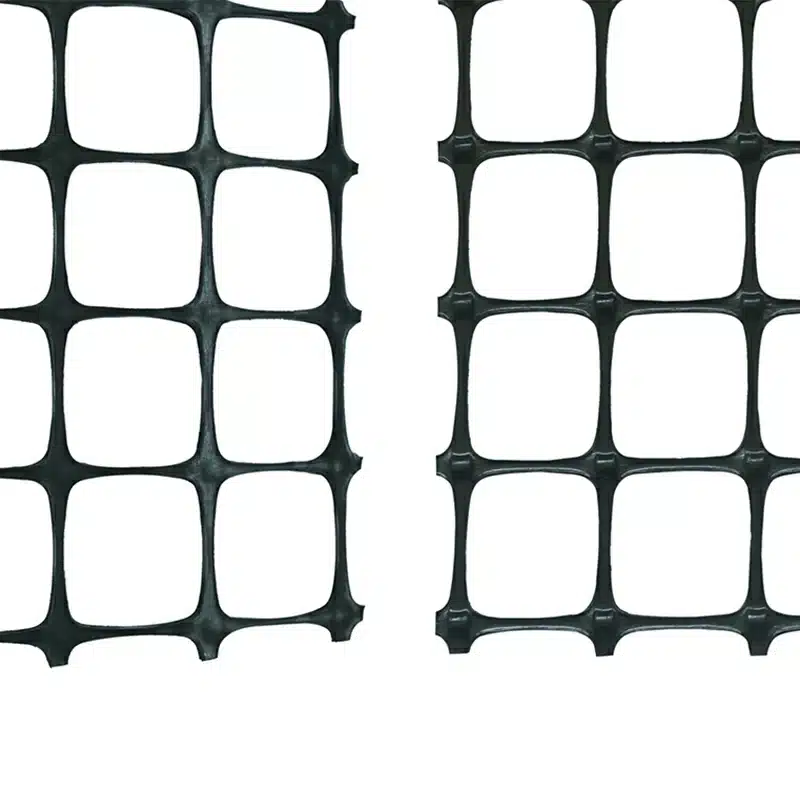
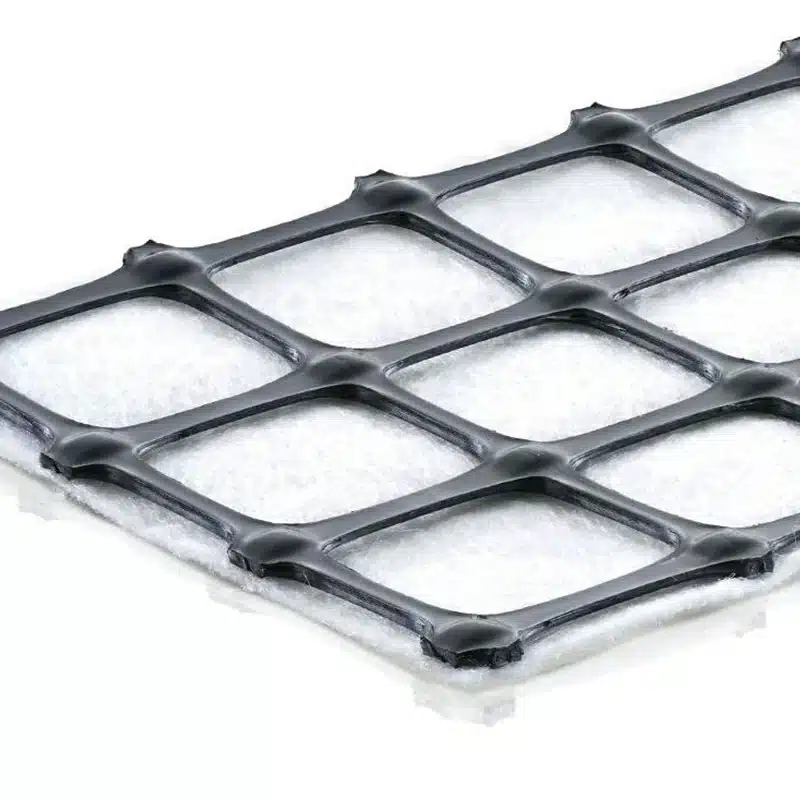
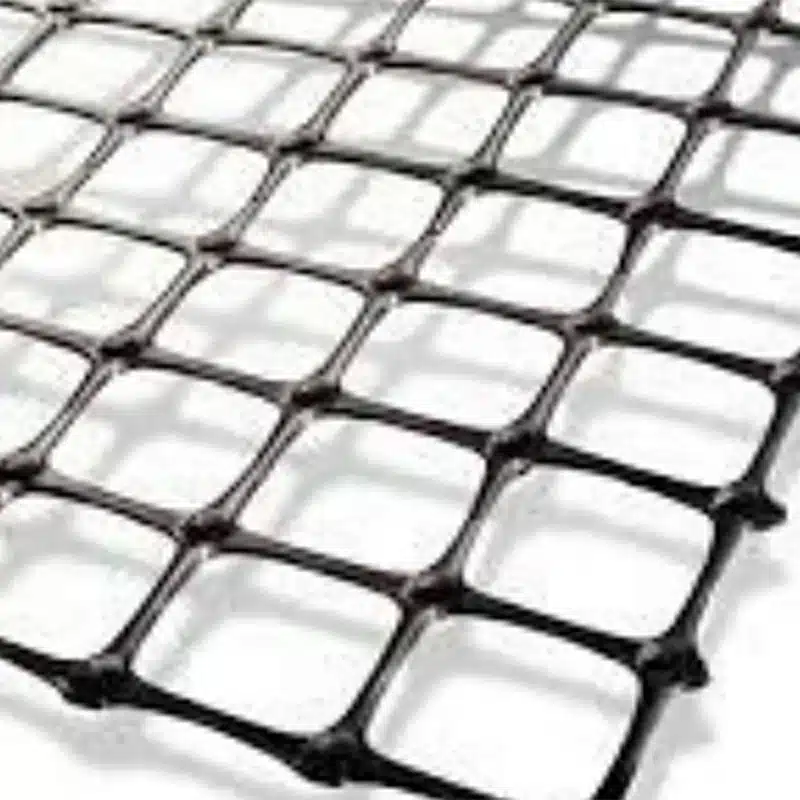
We’ll respond as soon as possible(within 12 hours)
WhatsApp us